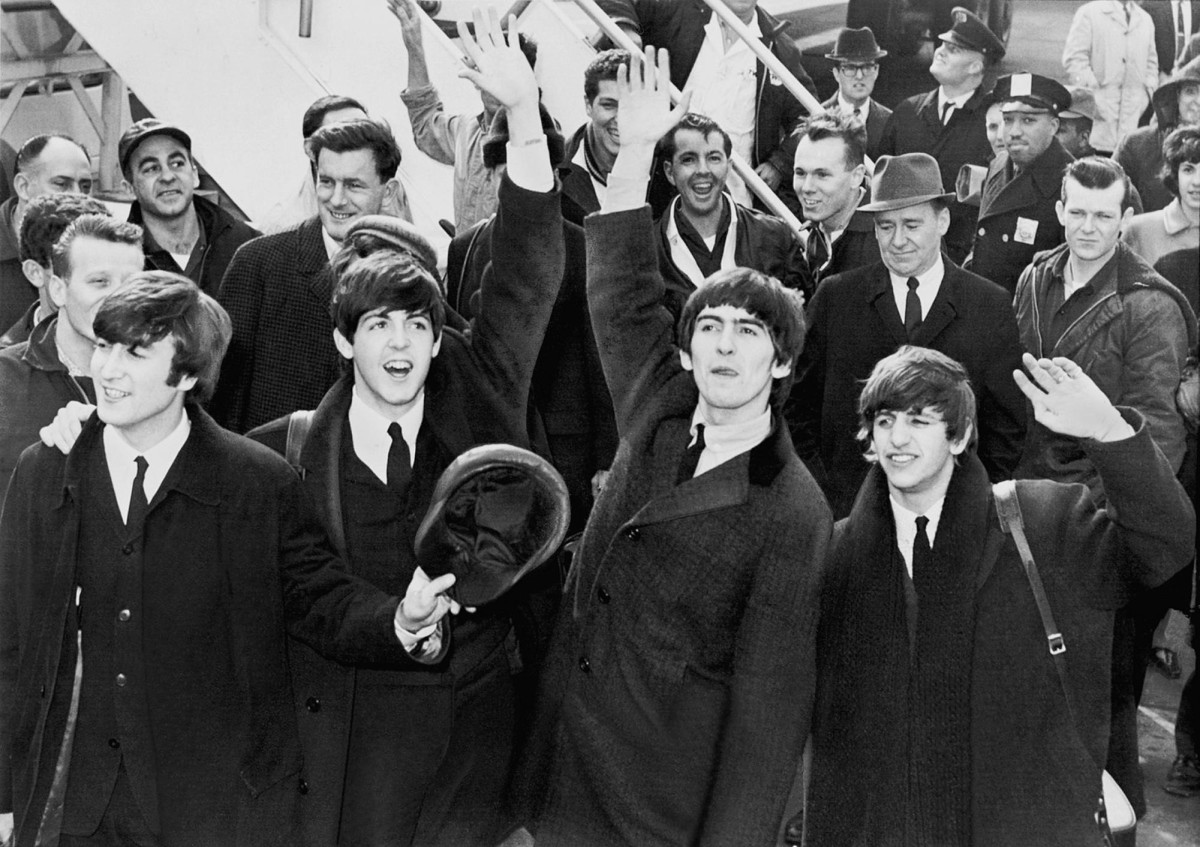The Nov. 2 release of the Beatles song “Now and Then” would not be possible without the use of artificial intelligence. Has music-industry greed finally gone so far as to have John Lennon and George Harrison, two of the greatest songwriters of all time, dredged from their graves by a heartless metal box?
Beatles fans know that “Now and Then” has been floating around in some capacity since the mid-’80s, being seemingly endlessly worked on in one form or another over the decades. The band allegedly returned to the song in earnest in the ’90s, when the then-three living Beatles — Paul McCartney, Harrison and Ringo Starr — convened to finish recording it for “The Beatles Anthology” retrospective. But, the band ended up once again leaving “Now and Then” on the cutting room floor.
Now, nearly 30 years later, the song has been brought back to life by one particular lo-fi tape of a solo, piano demo Lennon recorded of the track.
As explained in a short film released by the band for the single, director Peter Jackson approached the Beatles with a proposal to salvage the vocals from the once presumed unusable tape and finally release the track. While working on “The Beatles: Get Back,” Jackson’s colossal Beatles documentary, he and his team of archivists developed a highly advanced AI software that uses machine learning to separate the individual parts of nearly any piece of recorded music — particularly, damaged demo recordings and low-quality live cuts. After hearing about the program, McCartney and Starr recorded new instrumentation around the usable isolated vocal tracks from the “Now and Then” recording, coming about as close as possible to playing alongside their late bandmates, Lennon and Harrison, once more.
Jackson worked in close collaboration with McCartney and Starr, as well as with Giles Martin, son of legendary Beatles producer George Martin, to bring the track to life. His demonstrated fanaticism and reverence for the sanctity of the Beatles’ catalog — which it’s fair to say has been proven by his eight-hour documentary on the group — lends at least some credibility to his claims that this is not just an AI reconstruction of Lennon’s voice.
While it can be claimed that a form of AI was used in this musical rescue machine, this kind of machine learning tends to fall into a more nuanced gray area. It could be said that nothing truly new was created. Rather, what was there of Lennon’s vocals was merely removed from its other parts and saw its noise removed. However, the degree to which a computer was forced to fill in any resulting blanks is hard to say, and indicates the limitations of Jackson and his team’s seemingly highly sophisticated software. Fans are then left wondering how much of Lennon’s and Harrison’s performance in the track is authentic.
The track is an absolute time capsule, perfectly capturing Lennon in the ominously melancholic style of his late period. Freshly recorded drum, guitar and string parts, including McCartney playing a touching slide guitar solo tribute in Harrison’s style, are perfectly attuned to the otherworldly sound of Lennon’s harrowing performance. Produced in such a meticulous manner that the old and the new become indistinguishable, the track sounds rich and lush, even with the machine-learning-assisted vocals. This is certainly not a failed revival of the fab four. If it sounds like a Beatles song that had 40 years to come into its own, that’s because that is exactly what it is.
“Now and Then” might not be the best Beatles song ever, and it’s difficult to say if its release would be such a seismic event if it were divorced from the mind-bending circumstances of it coming out in 2023. Nonetheless, it’s incredibly moving to hear the four back together, and to hear Starr and McCartney, much weathered by age, effortlessly slipping back into the style of their youth to sing backup to some old friends.
The implications of this release on the future of music suggest the possibility of thousands of low-quality recordings by long-gone artists soon potentially being cleaned up and packaged for release. It might not be too long until we are enjoying a new Howlin’ Wolf or Robert Johnson record. However, the circumstances surrounding the release of “Now and Then” give this instance more authenticity than others whose releases now feel imminent. While “Now and Then” has context that allows it to work, other attempts could appear as opportunistic, cash-grab releases intending to employ similar software trickery.
AI and machine learning are inevitably going to play a part in the music industry going forward. But, salvaging a previously unusable recording to reunite the biggest-selling band of all time for what looks to be one last ride seems like about the least evil thing that could be done with it.
Contact Holden Lay at [email protected].























































































































































